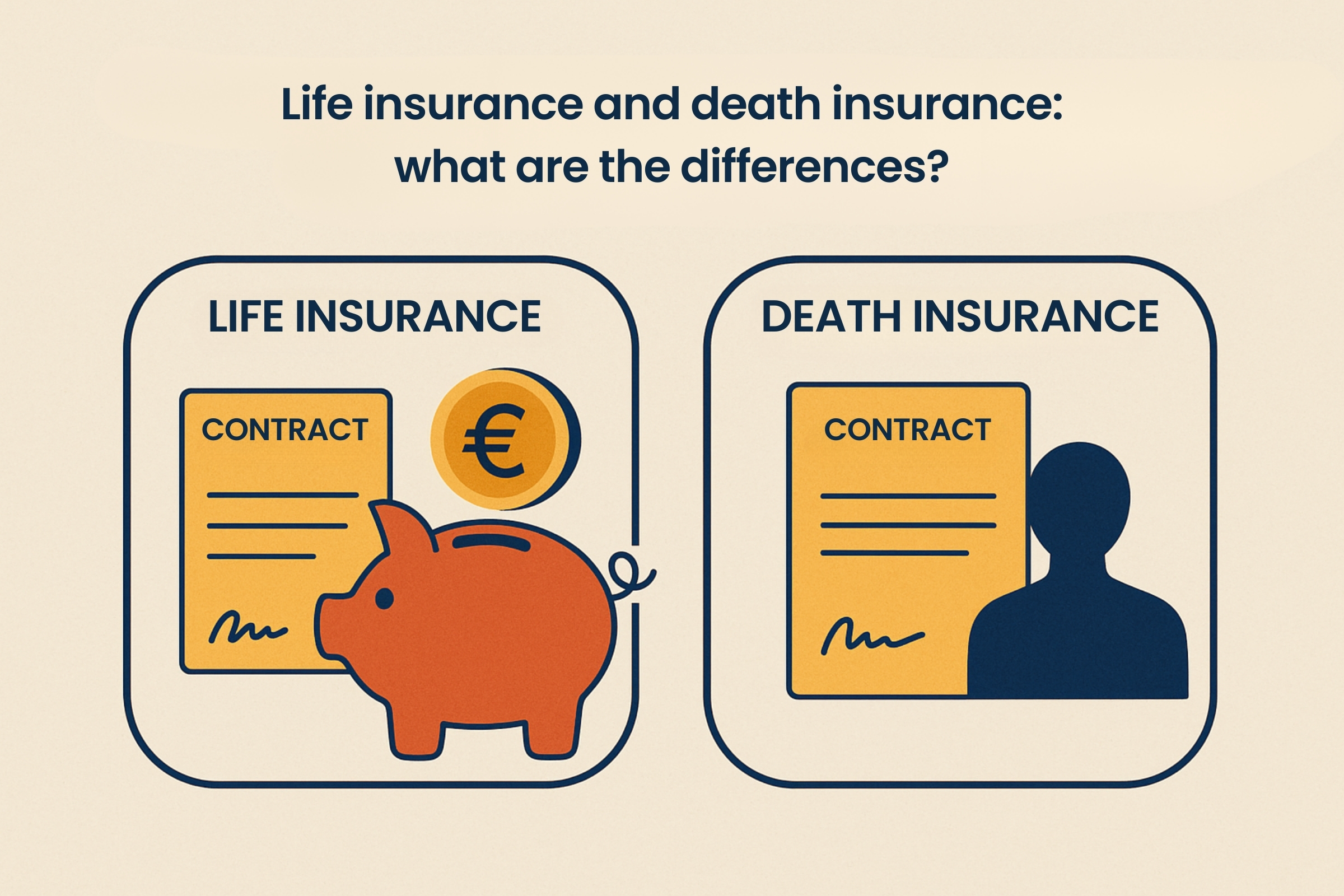The starting point of the five-year limitation period that company members may invoke against the creditors of an SCI cannot differ from the starting point that may be invoked directly by the company itself.
Case law indeed considers that the starting point of the limitation period for actions brought by creditors against the members of a company cannot be the date on which proceedings against the legal entity are exhausted, even though such exhaustion is a necessary prerequisite.
- For a Société Civile Immobilière (SCI), i.e. a partnership, the members are personally liable without limit for the company’s debts, in proportion to the number of units each member holds (Article 1857 of the Civil Code).
II.Although the articles of association may provide for a different allocation, such provisions cannot be invoked against third parties (unless they have accepted them).
The members’ liability is therefore not limited to their contributions, unlike in other types of companies.
Under Article 1858 of the Civil Code, creditors may, however, only take legal action against the members after having previously and unsuccessfully pursued the legal entity. The following article adds that such actions become time-barred after five years.
This means that the right to proceed against a member is subsidiary: the company remains the principal debtor and must therefore be pursued first. Moreover, the two proceedings cannot be conducted simultaneously.
Conclusion: third-party creditors may bring an action directly against the members, but they have a five-year limitation period to do so.
The question before the courts then became: when does this limitation period begin to run?
III. An SCI named “Hippopotame” (this is not made up) took out a 20-year bank loan. When it failed to meet its repayment obligations, the legal entity was subjected to enforcement proceedings initiated by the bank with a view to a forced sale of the property the company had purchased.
A voluntary sale was permitted, and the draft distribution order was approved by the enforcement judge on 3 January 2012.
However, the sale did not allow the company’s debt to be fully cleared… yet the bank let time pass and only issued a payment order against the SCI on 27 February 2017 with a view to seizure.
A certificate of unsuccessful recovery was drawn up on 6 March 2017, which forced the bank to sue a member for the outstanding balance on 14 June 2017.
The dates are crucial here for calculating the limitation period.
A technical debate arose between the parties regarding the starting point of the limitation period that the member sought to invoke against the third-party creditor. Two theories were put forward:
- The starting point should be considered the date on which proceedings against the company are exhausted.
- The five-year period would thus begin to run on the day when the creditor has fully exhausted proceedings against the company and is then compelled to turn to the members.
- This was also the Court of Appeal’s position.
- It upheld the bank’s claim and considered that, in this case, the starting point of the limitation period for the action against the individual member of the SCI for the unpaid loan was the date of the certificate of unsuccessful recovery, i.e. 6 March 2017.
- From that date, the bank therefore had a new five-year period. The summons of 14 June 2017 was therefore far from being time-barred.
- Or should the starting point of the limitation period be the same with respect to both the company and its members?
- The creditor would then have a strong interest in acting quickly against the company, otherwise they risk no longer being able to pursue the members. This is precisely the core issue of the present ruling, which has the distinction of being published in the Bulletin (Court of Cassation, 3rd Civil Chamber, 19 January 2022, No. 20.22.205).
By setting the starting point of the five-year limitation period at 6 March 2017, the date of the certificate of unsuccessful recovery following an ineffective payment order, the lower courts found that the summons of the member for the outstanding amount had been brought well within time. They therefore ordered the member to pay the remaining balance of the bank loan.
Med venlig hilsen / Kind regards
Cabinet Nicolas BRAHIN
Advokatfirma i NICE, Lawyers in NICE
Camilla Nissen MICHELIS
Assistante – Traductrice
1, Rue Louis Gassin – 06300 NICE (FRANCE)
Tel : +33 493 830 876 / Fax : +33 493 181 437
Camilla.nissen.michelis@brahin-avocats.
Read more












